#readingLog
Explore tagged Tumblr posts
Text





Kabukichou Bad Trip
Title: 歌舞伎町バッドトリップ Author: Eiji Nagisa
Synopsis:
"Toru Miyama is the king of all hosts in Kabukicho, and not only does he have drop-dead looks, but he can also read people's minds. On his day off, he happens to bump into Mizuki Hikawa, a stunning male model that he secretly adores. Toru decides to read Mizuki's thoughts, and he finds out that he's really into S&M! It's clear-cut that Mizuki wants to dominate Toru, but getting into S&M isn't as simple as he thinks. Mizuki only desires a partner that's truly into it, and he's willing to put Toru to the test to find out if he makes the cut!"
#manmeiss#bl manga#boy's love#Kabukichou Bad Trip#歌舞伎町バッドトリップ#Eiji Nagisa#lgbtqia#mlm romance#readinglog
2 notes
·
View notes
Text
Book Title: Mpreg Reading Journal and Book Log Author and Publisher: Sarah Havan Length: 193 pages Release Date: July 4 Not a story, a reading journal and book log.
Finally, a reading journal and book log for lovers of mpreg books!
Finally, a reading journal and book log for lovers of mpreg books. If you gobble up all those mpreg non-shifter romances, shifter romances, mpreg alien baby books, sweet mpreg, steamy mpreg, and any and all mpreg, then this is the journal for you.
Discreetly keep track of up to eighty mpreg books. There are also pages to track the days you’ve read, how many mpreg books you’ve read in a month, your favorite characters, and more.
Pages are thin, but the mpreg illustrations throughout can be colored in with colored pencils.
Once you fill it up, start another reading journal. It’s a great way to keep track of all the mpreg books you read and makes it easier to recommend books to other mpreg readers.
2 notes
·
View notes
Text

Webtoon & Webnovel Reading Log | Hyperlinked
#webtoon#webnovel#readingjournal#readinglog#bookreview#readingreview#digitaljournal#digitallibrary#goodnotes#sticker#readingarchive#readinglibrary#manhwa#manga#manhua
0 notes
Text
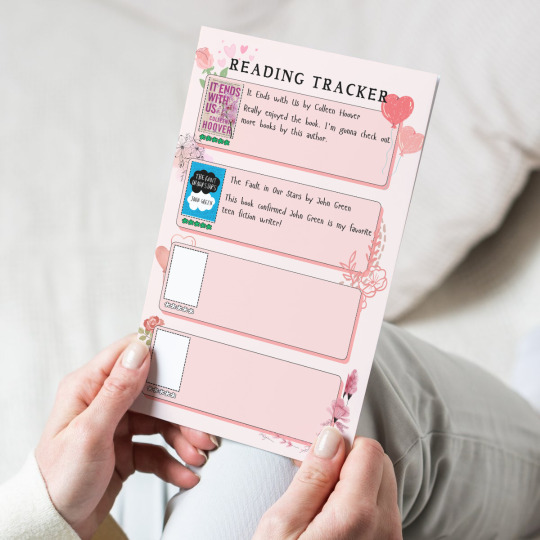
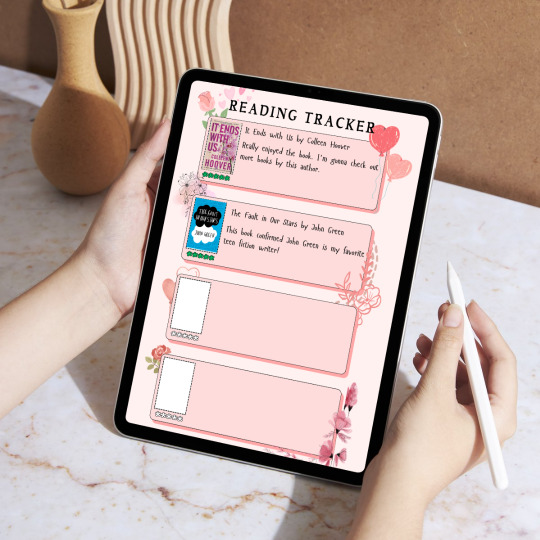
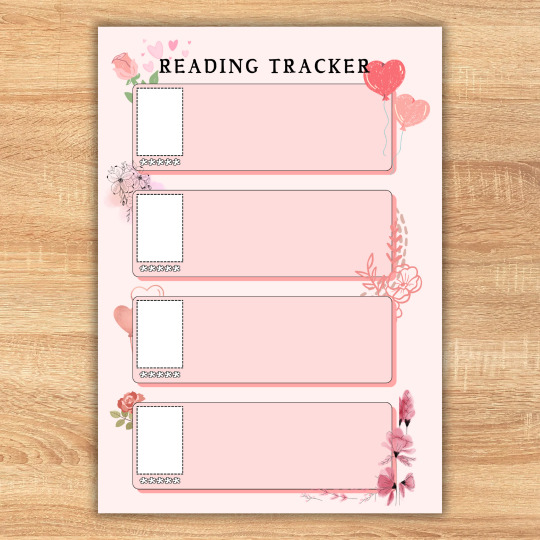
Track the books you've read with style!
Printable Cute Pink Reading Tracker
▪️Print and cut the covers of the books you've read and stick them in the rectangles
▪️Star-rate (or flower-rate) the books
▪️Write anything you like about the book in the blank space beside the book cover rectangle
Get this journaling supply at an affordable price via the attached link.
#journaling #bulletjournal #reading #readinglog #printables #booklover #readinglist #booklist #cute #creative #booklover #bookloveressential #journalspread #journalsupplies #digital #stylish #booksiread #readingtracker #booktracker #planners #plannerjournal #bulletjournaling #bujo #bujoinspo #fypシ゚viralシfypシ゚viralシalシ #foryoupageシforyou #backtoschool #notepads #timesaving #colorful
#cozy aesthetic#minimalist#printable#journaling#stationery#pink#soft pastel#bujo print#bujo supply#bujo spread#bujo inspo#bujoblr#journal page#journal spread#reading log#reading tracker#reading list#reading journal#bookworms#book log#book review#creative writing#cute doodles#heart#red#cute
0 notes
Text
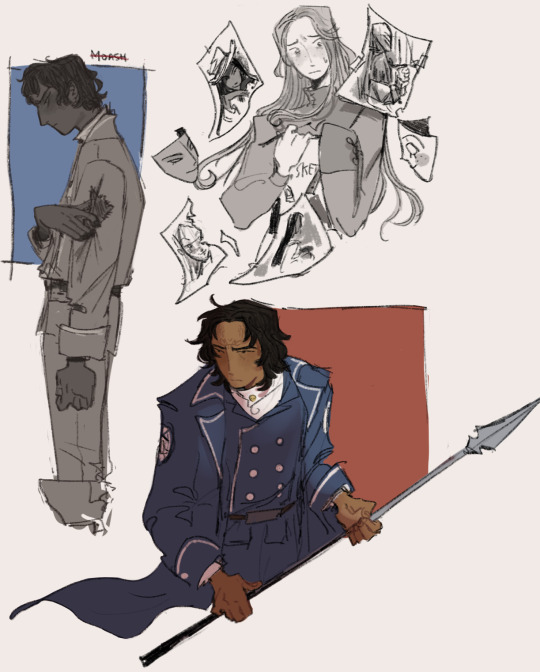


i finished oathbringer... 🕴 (some bits from the million layer "sketchbook" i kept while reading)
#my art#stormlight archive#stormlight fanart#so much more i wanted to draw but i only have so many hands and eyes and time *crying* ...will be thinking about it...#readinglog
934 notes
·
View notes
Text
[June 9th, 2022] Seni Merayu Tuhan (The Art of Persuading God) - 120/224
We can trust a barbershop to do things with our hair without us looking at it. Why? Cause we believe in the barber. From "Lesson of Faith from a Barbershop" chapter, we realized that we can put a belief in humans, a mere creatures. There is no reason for us to not believe in the almighty God, The Creator. Sometimes, we might not understand why do we live this way? Why is it so difficult? Why are we like this? Things we want to reach are out of our sight, we run and run, but it is an endless road. But believe that God knows the best, that we don't know anything but keep loathing. Look, we won't know how many times God has saved us from the danger without us knowing. God gives us the air to breathe, water to drink, and sunlight to grow the crops for us to eat. We can't count on God's mercy, we can't.
__
"Whoever know themselves, know their Lord." is a quote by the Sufis, also the opening sentence of the chapter "Seeing God on the Mirror." The book explains it in a general way when I expect more explanation about that Sufi quote. So, I found it deficient. Nevertheless, this chapter taught about how we should look within ourselves before looking at others, for us to fight our lust, the demon inside, first. Do our best to follow Prophet Muhammad SAW.
__
Arrogant is one frightening behavior. It isn't just showing off wealth and achievements. The way we, as a human, tend to feel better than others, underestimate others, feel the rightest, reject the truth, and stop ourselves from learning are also counted as unconscious pomposity. Sometimes, we want to win, but the win doesn't mean glory. So that conceding doesn't equal loss. That's what "Giving in, Giving in to God [1]" told us. There are times in an argument when we believe we're right, trying to inform others the truth, but they refuse, no matter what.
Arrogant. Goodness, I once experienced arguing on Twitter with someone because I said something like, "because Islam in Indonesia is mostly ritual without understanding the concept, people pray and such but ignore the essence of Islam, they keep feeling the rightest and despise the others." We keep arguing. There is this saying, "the sane one back down." However, we can't be silent forever, right? (Or maybe I am the one who's actually insane). Or maybe, it's just not my place to speak from the beginning. Who am I to speak anyway.
In the chapter, there's a sentence like this: "Fanaticism towards a certain opinion isn't Islamic teaching. We were forbidden to be fanatic on one opinion because this attitude resembles the devil's teaching." How to be more controversial? Considering the growth of the caliphate movement in Indonesia. Fanaticism… Ehm.
__
"I Don't Know!" That word, yes. I remember back then when I was in university, the lecturer allowed us to write "give up" to the question that we didn't know the answer or when we were stuck with the calculation. We will still get some mercy points by writing "give up" rather than writing nonsense (The questions are essays), which results in zero points. The reason? Because by writing it like that, we admitted that we don't know. It requires courage and self-awareness. Not all people are brave enough to say "I don't know," as if saying it would be a shame and make us worth less.
__
"It's ok to hate, as Long as We Follow the Terms and Conditions." What are the ToS? You'll find it in the book, yeah. The main thing is even God has something God doesn't like. One of the conditions is that we can hate a person because of God, not to fuel our lust. I often heard the Buddhist teaching, "sabbe satta bhavantu sukhitatta," may all beings be joyful and secure (If I am not mistaken, I searched it tho). It was Buddha's discourse on loving-kindness for all beings. Based on these only, I think all religions are based on love. Even hating something should be because of love as well. What are we without love?
__
In the "Humanity Before Diversity" chapter, The content doesn't really speak about the relationship between humanity and diversity. It is more about how God upholds humanity; That God puts humanitarian value a lot on the religion's rules and practices. Where's the title come from? It's from a book title, which probably explains more about its relation with diversity. I don't know, only my assumption, haven't read that yet.
__
It said that "The Greatest Worship: Giving Happiness to Others." But how if the way to make someone happy is through a lie? The happiness that is given is all lie. That doesn't sound right to me. I always thought it's better to die than to conceal a truth? Which one is better? __
"A Syar'i Crazy Rich" more or less explained how wealth is seen in religion. We often hear to live with modesty. Also, the Sufis are known to let go of any attachment to worldly matters. One of them is wealth. However, sometimes, we need the power to implement the religion's teaching. We need the power to do good deeds, to lift up the economic system, to get a better education, etc. Pursue the world, as long as it doesn't make you blind. __
Here, in "Tretan! [2]" chapter, I once again found one of my favorite quotes. It is by Imam Ali, son of Abu Thaleb. It said, "A person is either your brother in faith or your equal in humanity." I sometimes wonder how here in Indonesia (In my opinion, of course), the power lies in the majority. Let alone equal stand in humanity, brother in faith is not even fully implemented since there are still many disputes within.
______________________________________________________________
At this point, I feel like I am writing too much. I don't have any words in the end cause I've tired out. It was meant to be a casual reading log, but I end up thinking too much and writing something like a resume for each chapter. Geez… What am I doing? Anyway, the next one should be much shorter. I'll just write anything that comes in mind when I read things. No analysis, no further thinking.
NOTE:
[1] In the original language (Indonesian), It was actually a pun with the same meaning more or less "Ngalah Itu Ng-Allah." In a right place, conceding is one way to submit to God.
[2] "Tretan!" is like a Madurese's "bro!" A way to call someone. Madurese: A local language in Indonesia where the writer came from.
#faith in god#book log#book review#currently reading#literature#book tumblr#books & libraries#non fiction#seni merayu Tuhan#sufism#tasawuf#moslem#indonesia#Indonesian literature#Islam#islamic life#readinglog#reading log
4 notes
·
View notes
Text

5 notes
·
View notes
Photo

#readinglog #booksread #planner #bujo #bulletjournal #planneraddict #plannercommunity #plannergirl #stationery #stationeryaddict #planningroutine #personalorganizing #pentelenergelmakkuro https://www.instagram.com/p/B4Mmoxphb6C/?igshid=gcefnkqgvv2
#readinglog#booksread#planner#bujo#bulletjournal#planneraddict#plannercommunity#plannergirl#stationery#stationeryaddict#planningroutine#personalorganizing#pentelenergelmakkuro
31 notes
·
View notes
Text




There's No Way I'm The Protagonist
Title: 推しカプの受けの方に告白される腐男子大学生の話 Author: ほとなか
Synopsis:
"With a hobby of writing BL novels, Akiharu, a university student fudanshi who loves shipping, quickly approaches his favorite ship (a delusion)? His dream of becoming a wall that watches over them was fulfilled—was what he thought, but one day, a shocking truth from the mouth of the uke (a delusion)...! But reality is stranger than his delusions!"
I adore this series so much, the main couple is so sweet
#there's no way i'm the protagonist#推しカプの受けの方に告白される腐男子大学生の話#ほとなか#boy's love#bl manga#bl romance#romance manga#manga#manmeiss#readinglog
2 notes
·
View notes
Text
Discover our awesome Reading Planner Printable PDF File & Ready to upload. Size 8.5 x 11 inches (and can also be printed on A4 size paper) Clean, nice and modern design. The file was created with good resolution to ensure clear print. You can also use it as an interior on Amazon Kindle Direct Publishing: Self Publishing . ORDERING PROCESS: This is an Instant Download - no physical product will be sent. Once your payment is confirmed you will receive an email from Kdpinterior (to your registered email address) Or Here https://kdpinterior.com/my-account/downloads/ LEGAL INFORMATION These prints can be used For commercial purpose in print or digital form. You can't sell this item on Etsy or other third parties Like Creative Fabrica…, except Amazon Kindle Direct Publishing: Self Publishing, You are free to use it on amazon KDP only. QUESTIONS? If you have any questions about this item, please use the “Ask a Question” button next to the price and we’ll get right back to you as soon as possible. There are a lot of advantages to self publishing over traditional publishing, To be a successful author, it needs hard work! Self publishing requires you to have knowledge of every aspect of the publishing process, like designing, formatting, and marketing. Platforms like Amazon Kindle Direct Publishing make self publishing accessible to everyone, but it can feel overwhelming to independent authors. What do you need to use Amazon KDP? What technical skills do we need to meet Amazon KDP requirements? How to promote our book? Here are seven tips and tricks to hack Amazon’s self publishing platform and be a successful author. 1. Make Your Book's Title and Description Perfect: Reading Planner 8x11 inch A good Amazon book title and description are important for your book to rank well on Seo. Your book description gives readers a taste and overview of your writing skills and tells them exactly what to expect when they buy your journal or planner . Your journal title and description should look professional. A poorly written description have huge impact on sales. Run your blurb through a grammar checker to check for mistakes and readability. Aim for a genre-appropriate, specific set of rich keywords. Reading Planner 8x11 inch We’ll talk more about keywords in the next section. Amazon will allow you to use HTML formatting on your descriptions, so get the benefit of this awesome feature. You will be able to organize your keywords. 2. Use long-tail keywords like Reading Planner 8x11 inch. One of the most important aspects to getting ranked on Amazon self publishing is the seven keyword boxes. They allow you to add up to forty-nine characters. A keyword is a word or phrase that people type into the top search box on Amazon to find a specific journal or planner... You need to focus on specific long-tail keywords. Instead of a broad, short-tail keyword, you might enter Reading Planner 8x11 inch (a specific long-tail keyword). You can research these using a keyword research tool like Google Keyword Planner Tool, hire an expert in KDP categories and keywords, or simply search for them manually by yourself. Look for keywords that give you only a few results, not thousands, to beat your competition. 3. Choose Extra Categories Amazon KDP has preset categories for books, and it’s hard to choose the best one for your work. When you upload your journal or planner interior, you can select two Amazon categories. Your book might fit into multiple categories. You can also increase your chances of being a bestseller in a category when you choose less competitive categories. A little secret : you can add additional categories with these simple tips : If you can call KDP customer service, KDP will allow you up to eight more categories, for a grand total of ten! 4. Purchase a High-Quality Designed Cover The first thing that Amazon visitors see is your book’s cover. A high quality cover can make a big difference and impact your sales numbers. There are a ton of elements that impact whether a book cover is engaging.
Various classifications have different expectations. A basic cover does not take into account genre trends and expectations. A nonfiction book should not look like a kid's activity book or vice versa. Unless you’re an experienced graphic designer, avoid using tools offered by Amazon. Find an experienced designer who is familiar with your theme and check their portfolio. Try to reach out to other authors for recommendations, or browse Facebook, Instagram, and Twitter to find a freelance designer who works with other authors. 5. Emphasize covers and interior design. The quickest way to a one-star review is an ugly book cover or interior. When your print book format is a mess, Amazon's visitors will move on to the next competitor. Don’t gloss over this step. There is a lot of software, like Canva, Photoshop, or Illustrator, that allows you to format your book and make it look professional. You can also outsource your formatting to an expert. In our case, the Reading Planner 8x11 inch is already formatted for KDP, so you will save a lot of time and money. 6. Adjust Prices for International Markets When you publish a journal or planner on Amazon KDP, make sure that you adjust the price accordingly .99 : This is a marketing psychology that works on any markets. If KDP adjusts the price automatically for other markets, You can manually change it to international prices, however. You can add a .99 to the end of each price for each currency. And keep your eyes on royalty rates. You should also monitor the pricing boundaries for 30% and 70% royalties for each currency. 7. Becoming an Affiliate for Your Own Book Promote affiliate links for your own book and earn 70% royalties! Use your Amazon affiliate link on social media, website links, and anywhere else you can think of. Your amazon affiliate link allows you to earn additional 4% on the selling price of your book. It seems like not much, but that additional 4% can add up quickly with enough sales. Keep in mind that you only get this income when someone buys through your affiliate Amazon link, not from Amazon's search box. Finally, make Amazon KDP your friend; Using tips and tricks like these can assist you in succeeding on Amazon KDP.
#KDPInteriors#ReadyToUpload#Bookjournal#bookplanner#bookshelf#booktracker#bulletjournal#digitaljournal#digitalplanner#kdpinterior#readingdiary#readingjournal#readinglog#readingplanner#readingtracker
0 notes
Text
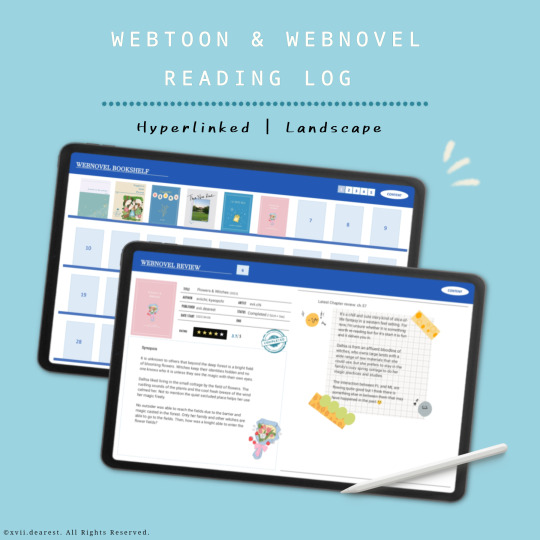
#webtoon#webnovel#readingjournal#readinglog#bookreview#readingreview#digitaljournal#digitallibrary#goodnotes#sticker#readingarchive#readinglibrary#manhwa#manga#manhua
0 notes
Text
Week 10 Activity: Reading Log #3
Graphic Novel
Citation: Telgemeier, Raina (2019). Guts. Scholastic.
Summary: This autobiographical graphic novel follows Raina throughout her fifth grade year and chronicles her experience with anxiety and digestive issues. Through therapy, Raina learns mindfulness techniques to help calm her anxiety and understand her own thoughts and feelings better. Though she keeps her experiences secret from her friends throughout most of the school year, she eventually opens up to them and finds that they are quite accepting of her in the end.
Comments: This graphic novel does an amazing job at realistically depicting the experience of anxiety. There are a few points throughout where Raina’s anxiety is visualized as a swarm of words (representing everything she fears) circling around her head with a green, sickly-looking background. I found this to be a very accurate depiction of what anxiety feels like, and believe it could help young readers with anxiety realize that they are not alone in their feelings. Though the cover of Guts is simple, it perfectly depicts the content of the story in the way that it displays a drawing of an anxious and sick looking face.
Library Use: I would definitely include this title in a display for Mental Health Awareness Month in May, as it does a great job of realistically and positively depicting the experience of going to therapy as a child.
Fantasy
Citation: Dahl, Roald (1961). James and the Giant Peach. Puffin.
Summary: This story follows James, a young boy who became an orphan and was forced to live with his two cruel aunts after his parents were eaten by a rhinoceros. One day, a mysterious old man offers James green glowing crystals and states that if he eats them, unbelievable things will happen to him. James ends up accidentally losing all the crystals after he spills them near a peach tree. As a result, the tree sprouts a peach which ends up growing larger and larger. James discovers a tunnel leading into the peach and climbs inside of it, where he meets a collection of bugs who, as a result of eating the spilled crystals, have grown into the size of humans and can now talk. James befriends the bugs and together they escape James’ cruel aunts by cutting the stem to the peach and allowing it to roll away into the ocean. It is then carried away by hundreds of seagulls and eventually lands in New York City, where James and the bugs end up living successful, happy lives.
Comments: According to Vardell, “The characters of fantasy are essential for the reader’s engagement with the story. It should be possible to identify with the main character(s), even if they’re not human” (235). This definitely applies to James and the Giant Peach’s collection of insect characters - they all have very human-like personalities and become James’ family when he has none. I also liked the way it combined fantastical elements (like talking, human-size bugs) with a sense of realism. For example, the bugs still retain their normal “bug functions” and these are sometimes used as points to move the plot forward, like when the spider and silkworm create strings to attach to the seagulls that carry the peach away.
Library Use: I think this would be a really fun book to do a reader’s theater activity with, as the characters are all full of personality and would be exciting for children to play. The fantastical elements of the story would allow the children taking part in readers theater to use their imaginations throughout the activity.
Non Fiction #1
Citation: Cherry-Paul, Sonja (2021). Stamped (For Kids): Racism, Antiracism, and You. Little Brown.
Summary: This is a middle grade adaptation of Stamped: Racism, Antiracism, and You by Jayson Reynolds and Ibram X. Kendi. It tells the story of how racism originated in America over the past several centuries and explains how racism continues to affect America in the current day. It also discusses current antiracist movements such as Black Lives Matter, and provides strategies for young readers to identify and stop racist thoughts/feelings that they might carry themselves.
Comments: Cherry-Paul did an excellent job at adapting Reynolds and Kendi’s YA novel for a younger audience. Each chapter focuses on a specific subject, and these chapters contain visual elements such as illustrations and timelines to aid readers’ understanding. There is also a section at the end of each chapter where readers are prompted to “pause” and discuss/reflect on key ideas and themes they have learned. This book does a great job of not only explaining the complex history of racism in America in a way that is easy for young readers to understand, but also takes several opportunities to address the reader directly and has them confront and examine their own previously-held thoughts and beliefs.
Library Use: Though this book is one that middle-graders should be able to get through on their own, they will definitely get more out of it if an adult reads it alongside them and serves as a guide/discussion partner. For a library, it would make for a great book for a discussion group - the prompts at the end of each chapter can serve as prompts for the discussion and the librarian can serve as the guide/moderator.
Non Fiction #2
Citation: Kay, Katty; Shimpan, Claire; Riley, JillEllyn (2020). Living the Confidence Code: Real Girls. Real Stories. Real Confidence. HarperCollins.
Summary: This is a collection of stories from inspiring young women around the world who chronicle their successes, failures, and missions to make the world a better place. Some of the young women featured in this book include activist Greta Thurnberg and Paralympic athlete Haven Shepherd.
Comments: This collection of stories is inspiring and accessible for young readers. The format in which these stories are told switches up with each new story, keeping things fresh and interesting throughout. Some are told in interview-style, some as essays, and even some in the style of graphic novels. Along with the stories themselves, there are confidence tips included throughout for readers to apply to their own lives. At the end of the book, there are blank pages designed for the reader to write down their own story, which I thought was a nice touch.
Library Use: Since this book gives readers the option of telling their own story at the end, I think it would be fun for participants in a discussion group for this book to be able to each share their story with the rest of the group (if they feel comfortable to).
Ebook
Citation: Bogert-Spaniol, Megan (2015). 10 Little Kittens. Cantata Learning.
Summary: This interactive ebook introduces young children to baby animals and the sounds they make with a song that also has them count to 10 and back again.
Comments: This was one of the titles included in Capstone’s collection of interactive ebooks. I liked the way the first page provided a brief introduction to baby animals and prompted the reader to turn the page upon hearing the sound of a baby animal. The next pages consisted of the “10 Little Kittens” song, with each new verse introducing a new baby animal and the sound it makes. Each word on the page lights up as the narrator reads/sings it, allowing children to follow along. Though this ebook is simple in terms of its interactivity, it is useful in teaching very young children early concepts around animals, sounds, and numbers.
Library Use: This interactive ebook reminded me a lot of library story time events designed for young children, especially the song included within the book. I would feature this ebook and ones like it as part of a “story time at home” collection, so children have the opportunity to get some of the fun and educational moments these story time events provide outside of the library.
Educational App/Game/Website
Citation: checkology.org. News Literacy Zone.
Summary: This news literacy site provides interactive lessons which teach students how to separate fact from fiction when it comes to information they see in the news, on television, or on social media.
Comments: We live in a world where we are constantly bombarded by information from a variety of sources. Because the majority of this information is able to reach us without being fact-checked, we are vulnerable to being swayed by misinformation. This is especially true for young people, who have grown up entirely under this kind of information landscape. This website is incredibly useful in helping students look at information from a critical perspective. It contains several lessons on topics such as InfoZones and Misinformation. I did the InfoZones lesson, which separates information into six different purposes: to inform, to persuade, to entertain, to sell, to provoke, and to document. The lesson defines each of these purposes and has students watch video clips and look at screenshots from news articles or social media sites, and then identify the purpose of each piece of information. The videos included in the lesson are fairly short, as to not risk the learner losing interest. Some of the example pieces of information cover topics that middle/high schoolers will find relevant, such as school lunch pricing issues. It is free to register for checkology and take several of the lessons, though some content is behind a paywall.
Library Use: This is definitely something I would promote as a librarian, since news literacy is a topic that I feel is incredibly important for young people to be knowledgable in these days. I would probably use it as an element of a larger news/information literacy program that focuses on teaching young people (probably late elementary-middle school age) how to fact check and identify misinformation.
0 notes
Text

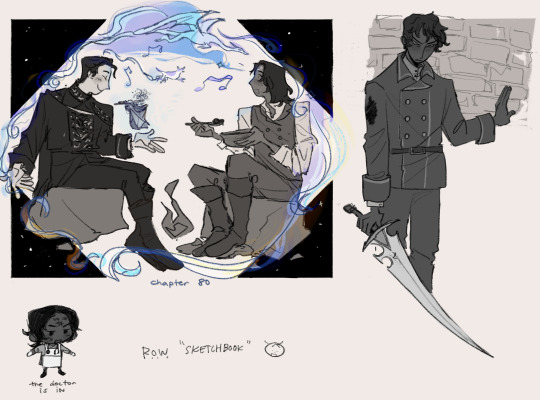
and some stuff from reading RoW... 🛌
#might add more later if i have time before i have to turn in my library book bc i tabbed so many passages/chara moments i liked LOL#but also many other series to catch up on now#stormlight fanart#stormlight archive#readinglog#my art#row spoilers
450 notes
·
View notes
Text
Reading Log # 4
Date :3/1/2021
Book Title : The Leaving
Author : Tara Altebrando
Pages Read : 182
Summary : 6 kids go missing from their kindergarten and then 11 years later they return except for Max the story is from the point of view of Avery, Scarlett, and Lucas they try to discover how they went missing the events leading up to the abduction and what happened while they were gone by following the leads Lucas's dad has found in the time they were gone and the book they found oddly similar to the disappearance.
0 notes
Photo
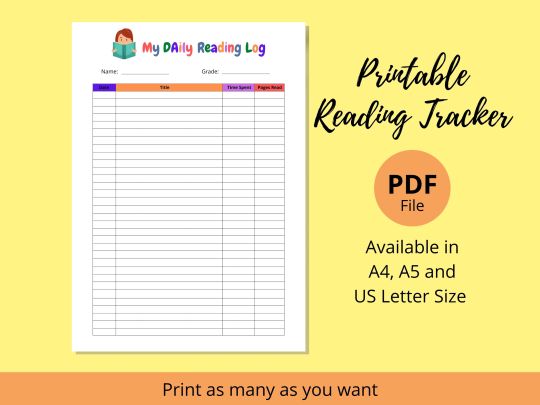
Printable Reading Tracker for Kids
0 notes
